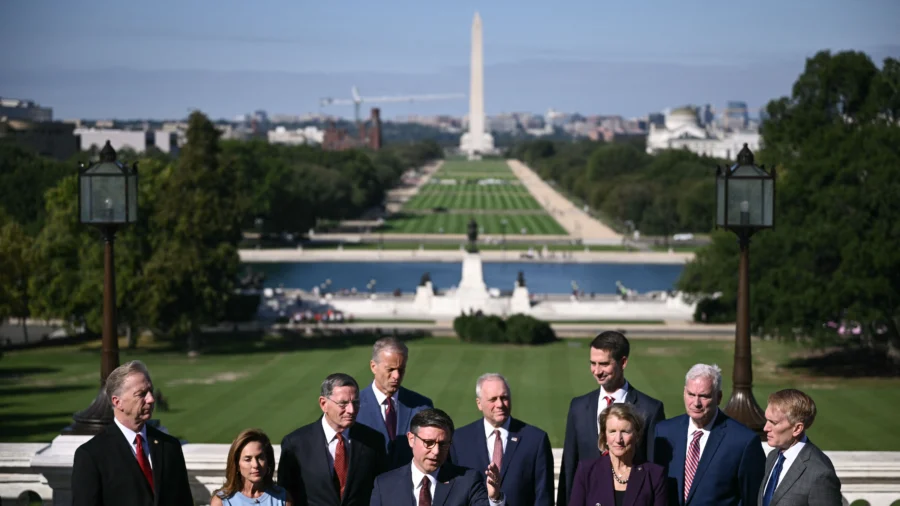Introduction
In negotiations over funding and budget priorities, a surprising and controversial stance can emerge. Reports that the White House may push to deny back pay to furloughed federal workers have sparked renewed debate about workers’ rights, the mechanics of government shutdowns, and the political ramifications for those involved. Below, we break down what back pay means for federal employees, the legal landscape, the potential economic impact, and what observers should watch as the story unfolds.
What is back pay, and why does it matter?
- Back pay refers to wages owed to employees for work that was delayed or interrupted due to a government shutdown or furlough. For federal workers, back pay can be critical to meeting basic living expenses, paying mortgages, and supporting families.
- Historically, Congress has sometimes required agencies to provide back pay to furloughed workers after a funding gap ends, even if the period of disruption was not the workers’ fault.
- Denying back pay would represent a significant departure from past practice and could set a precedent with broad implications for federal employees and morale.
Legal and constitutional considerations
- No explicit universal rule dictates back pay in all circumstances; instead, it depends on appropriations law, statutory authorizations, and prior congressional actions.
- If the White House argues against back pay, questions arise about potential executive branch authority versus congressional prerogative. Courts could be asked to interpret whether denying back pay is permissible under the federal pay system and existing statutes.
- Employees’ rights: Some furloughed workers may be protected by collective bargaining agreements or civil service rules, while others are covered by individual pay policies. Any policy change could involve administrative procedures, notice requirements, and potential whistleblower or anti-retaliation considerations if workers speak out.
Economic and human impact
- For affected workers, back pay can be the difference between covering essential expenses and facing financial hardship. A denial could lead to missed mortgage payments, delayed medical care, or increased reliance on credit.
- Local and regional economies often feel the ripple effects of furloughs, especially in communities with high concentrations of federal employees.
- Government contractors and vendors might also be impacted if the disruption extends or if expectations for continued funding are unsettled.
Political dynamics and public reaction
- The White House position on back pay will likely become a focal point in budget negotiations, public messaging, and legislative strategy.
- Critics argue that denying back pay punishes workers for political stalemates and undermines trust in government payroll systems.
- Supporters might frame the issue as a broader fight over fiscal responsibility, budget discipline, and accountability for spending.
What to watch for next
- Legislative moves: Will Congress introduce or amend measures to guarantee back pay, or will it defer to executive branch policies? Watch for hearings, markups, or budget resolutions that address furlough pay.
- Administrative actions: Agency-level guidance, memos, or regulatory changes could clarify or modify how back pay is handled in the event of a shutdown.
- Legal challenges: If back pay policy changes, expect potential lawsuits or injunctions challenging the administration’s authority or the fairness of the policy.
- Public statements and messaging: Expect competing narratives from the White House, Congress, unions, and federal employee associations as each seeks to mobilize support or opposition.
Strategic considerations for affected workers
- Documentation: Gather records of furloughs, work performed, and any notices received. This helps when navigating potential back pay disputes or negotiations.
- Legal advice: Consider consulting with a labor attorney or employee union representative to understand rights and options under current law and policy proposals.
- Financial planning: In anticipation of policy changes, workers may explore financial counseling, savings buffers, and access to emergency assistance programs offered by federal employee associations or community organizations.
Historical context: lessons from past shutdowns
- In previous government funding gaps, many agencies paid federal employees retroactively once funding was restored. The specifics have often depended on legislative language accompanying stopgap funding or appropriations bills.
- The political calculus surrounding back pay has ebbed and flowed with broader debates over budget policy, fiscal responsibility, and executive authority.
How this storyline could influence broader reform
- Any shift away from back pay could prompt calls for reform in:
- Federal pay and leave policies to clarify responsibilities during disruptions.
- Budgeting processes to minimize or mitigate furloughs.
- Worker protections to ensure financial stability for civil servants during funding gaps.
Conclusion
The prospect that the White House might seek to deny back pay to furloughed federal workers underscores the tension between fiscal policy and worker protection in times of political deadlock. As this story develops, stakeholders—from federal employees and unions to lawmakers and the general public—will be watching closely how legal interpretations, legislative actions, and administrative policies unfold. Clear, well-communicated policies and a commitment to fairness will be essential to navigate the potential impacts on the federal workforce and the broader economy.
FAQs
- Q: What does back pay mean for furloughed federal workers?
A: It’s wages owed for the period of furlough or disruption once funding resumes; denial could mean workers do not receive compensation for that time. - Q: Can the White House unilaterally deny back pay?
A: It would depend on statutory authority, appropriations language, and potential court rulings. Typically, pay policies involve both executive and legislative roles. - Q: How can workers protect themselves?
A: Keep thorough records, consult with unions or legal counsel, and monitor official guidance from agencies and lawmakers. Consider financial planning resources and emergency assistance if available.
